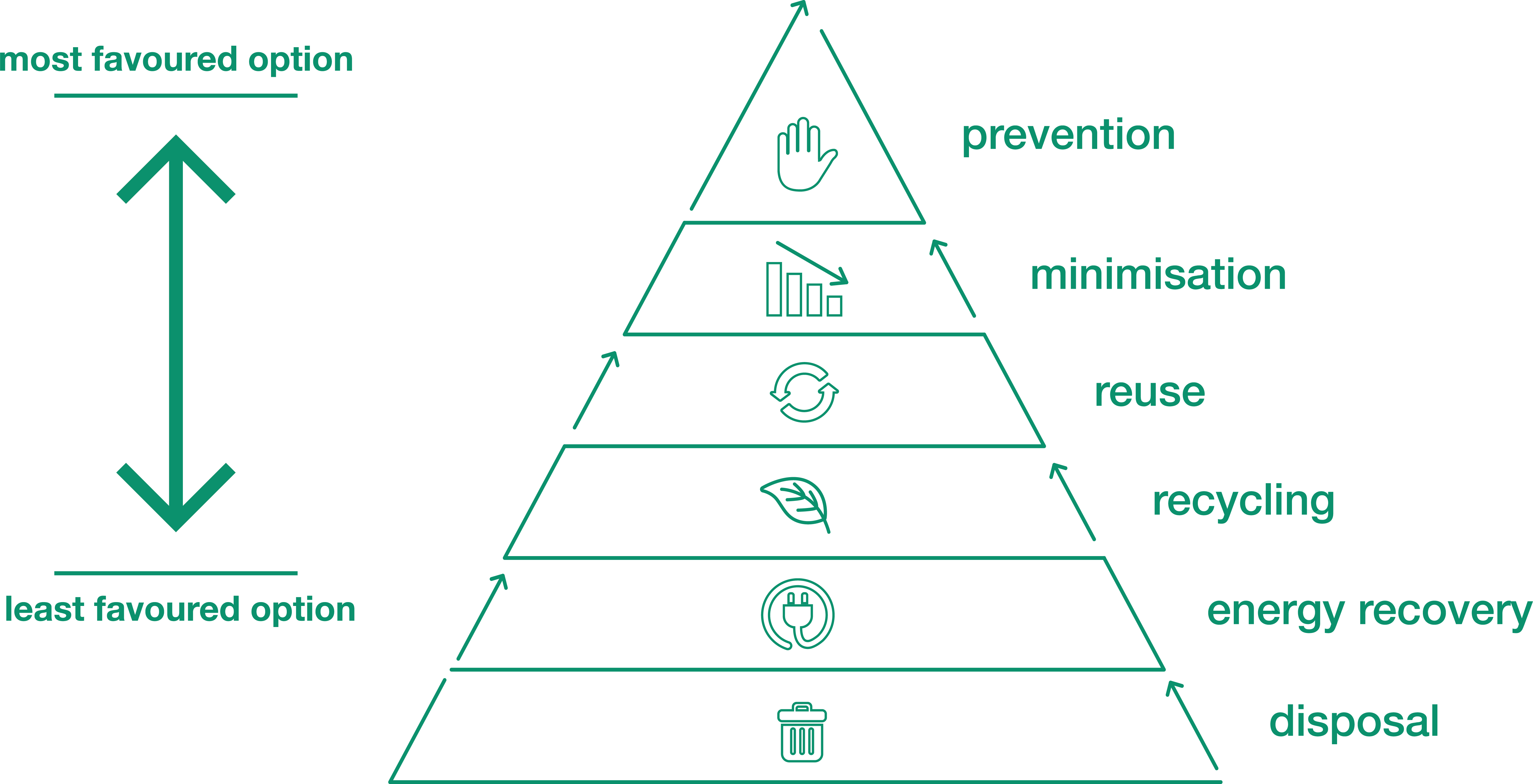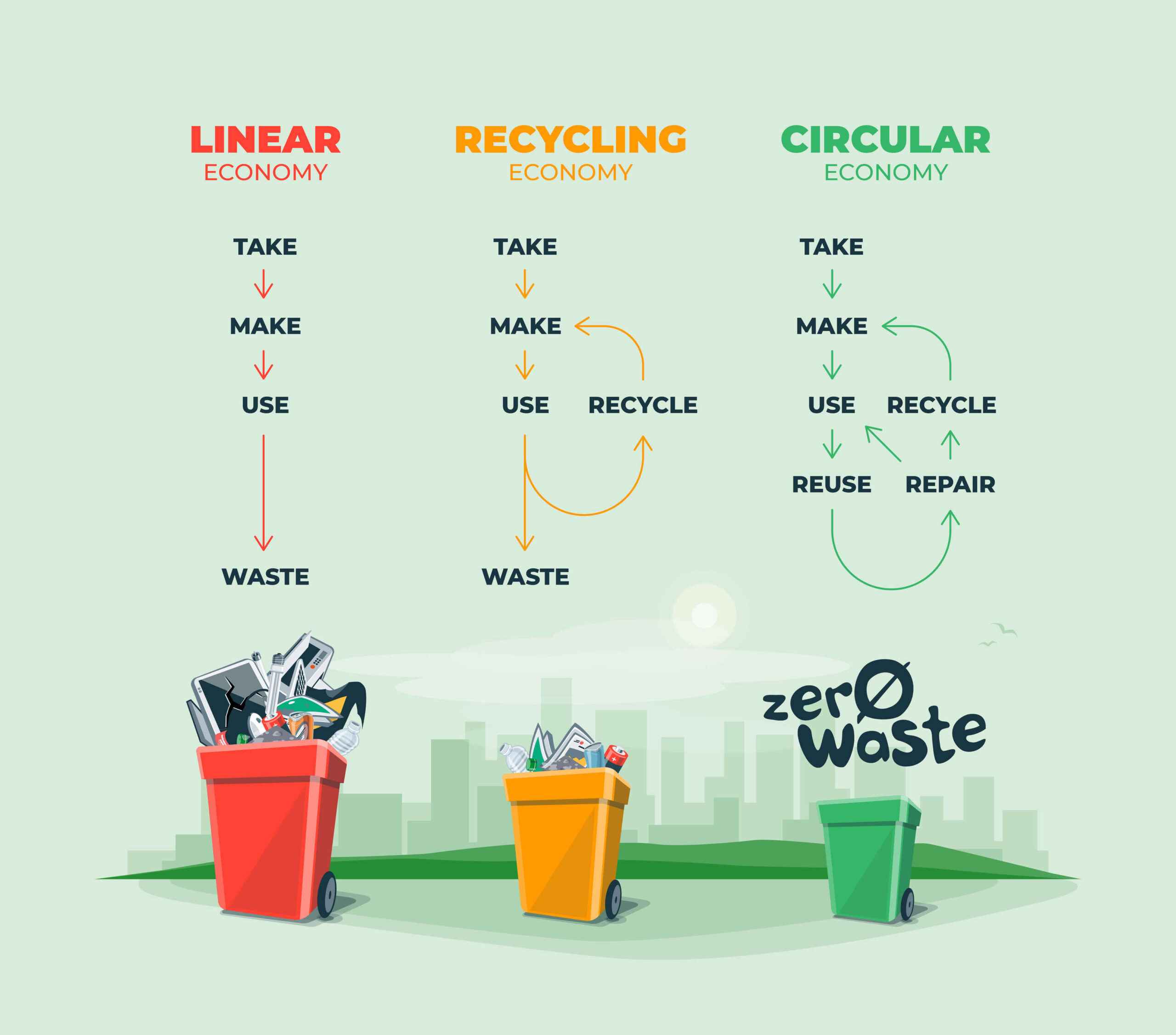Understanding the Category and Handling of Numerous Sorts Of Waste
Reliable waste management is pivotal for ecological sustainability, requiring a thorough understanding of the category and handling of various waste types. Home waste, commercial byproducts, hazardous materials, digital refuse, and natural remnants each require unique procedures to ensure security and reduce eco-friendly damages. Implementing appropriate segregation, treatment, and disposal techniques is necessary to mitigate unfavorable environmental effects and advertise source conservation. The composting of organic waste contrasts greatly with the detailed treatments needed to take care of harmful materials. This diverse strategy to squander monitoring underscores its intricacy and the critical need for specialized expertise in this domain name.

Home Waste
Household waste, incorporating a broad range of discarded products produced from everyday living activities, represents a considerable part of the total waste stream - recycling lives services. This group consists of natural waste such as food scraps, lawn trimmings, and paper items, alongside inorganic products like plastics, steels, and glass. The varied nature of home waste requires reliable classification and administration to mitigate ecological impact and promote sustainable living techniques
Effective house waste management begins with segregation at the source, assisting in recycling, composting, and risk-free disposal. Organic waste, as an example, can be composted to produce nutrient-rich dirt changes, decreasing landfill burden and enhancing dirt wellness. Recyclable materials, including paper, glass, and particular plastics, can be processed and repurposed, minimizing and conserving resources energy intake related to brand-new material manufacturing.
Additionally, dangerous household waste such as batteries, digital tools, and cleaning chemicals needs specialized taking care of to avoid dirt and water contamination. Public recognition campaigns and practical disposal options play important functions in guaranteeing proper disposal and recycling of these products. By executing durable waste reduction approaches and cultivating neighborhood involvement, communities can substantially ease the environmental footprint of household waste.
Hazardous Waste
Industrial waste, a major contributor to worldwide waste generation, incorporates a varied array of products generated by manufacturing, building, and other industrial activities. This category includes by-products such as scrap metal, plastics, rubber, chemicals, and various other residues. The structure and volume of industrial waste can vary dramatically depending on the industry and manufacturing processes involved. Reliable monitoring of hazardous waste is critical for decreasing ecological impact and advertising lasting methods.
The handling of commercial waste generally involves several procedures: collection, treatment, partition, and disposal. Collection systems are designed to successfully gather waste products from various sources within a commercial procedure. Segregation is crucial, as it makes sure recyclable materials are separated from non-recyclable ones, which can be guided towards appropriate recycling or disposal networks. Therapy processes, consisting of physical, chemical, and organic techniques, are employed to decrease the toxicity, volume, and environmental effect of the waste. Disposal methods like landfilling or incineration are made use of for waste that can not be reused or dealt with.
Adopting approaches such as waste minimization, resource recuperation, and recycling can substantially reduce the worry of hazardous waste on the atmosphere, contributing to more lasting industrial techniques.
Hazardous Waste

Harsh wastes can harm or ruin living products and tissues. Combustible wastes can easily stir up, positioning fire threats, while reactive wastes can cause surges or release hazardous gases upon contact with various other substances.
Efficient contaminated materials monitoring involves numerous essential techniques: identification and segregation of unsafe products, safe transport and storage, and appropriate therapy and disposal. Treatment approaches might include chemical neutralization, stablizing, and incineration. Regulative compliance is necessary, assisted by frameworks such as the Resource Preservation and Healing Act (RCRA) in the United States, which guarantees secure and ecologically audio monitoring of contaminated materials.
Electronic Waste
Electronic waste, usually abbreviated as e-waste, represents an expanding challenge in waste management because of the quick obsolescence of modern technology. This group includes a wide variety of disposed of digital gadgets, consisting of mobile phones, computer systems, televisions, and family home appliances. The go to the website complexity of e-waste exists in its structure; these things include a blend of beneficial materials such as gold and copper, as well as harmful materials like mercury, cadmium, and lead.

Regulations and guidelines, such as the European Union's Waste Electronic and electric Devices (WEEE) Regulation, goal to promote liable e-waste monitoring. These plans mandate manufacturers to help with the collection and recycling of electronic items, thereby lowering the problem on landfills and decreasing environmental contamination.
Organic Waste
Organic waste, incorporating naturally degradable materials such as food scraps, lawn trimmings, and agricultural deposits, constitutes a considerable section of the community strong waste stream. This sort of waste is noteworthy not just for its quantity but additionally for its potential environmental influence if not handled appropriately. Organic waste can break down anaerobically in land fills, producing methane, a powerful greenhouse gas adding to climate adjustment.
Proper handling of natural waste entails numerous strategies. Furthermore, drawing away food waste from landfills with donation programs can reduce food insecurity while lessening waste.
Municipalities and organizations are increasingly recognizing the significance of natural waste monitoring. Carrying out thorough organic waste recycling programs not just minimizes ecological impacts yet also aligns with wider sustainability objectives, promoting a circular economic climate where sources are continually recycled and repurposed.
Verdict
Reliable waste monitoring and ecological defense necessitate a comprehensive understanding of the classification and handling of different waste types. Home, industrial, hazardous, electronic, and natural waste each require distinct treatments for partition, disposal, and therapy. Proper management decreases ecological influence, conserves sources, and advertises anonymous sustainability. Applying proper methods for each waste type makes certain liable and risk-free waste monitoring techniques, eventually adding to the protection of communities and public health.
Efficient waste monitoring is pivotal for environmental sustainability, needing a thorough understanding of the classification and handling of different waste kinds.House waste, encompassing a wide selection of discarded materials created from daily living activities, stands for a substantial component of the overall waste stream.Industrial waste, a significant factor to global waste generation, encompasses a diverse array of materials produced by production, construction, and various other commercial tasks (recycling lives services).Dangerous waste, an essential issue in waste monitoring, comprises products that posture significant dangers to human wellness and the setting due to their harmful, destructive, flammable, or responsive homes.Organic waste, incorporating biodegradable materials such as food scraps, lawn trimmings, and farming residues, constitutes a significant part of the local strong waste stream